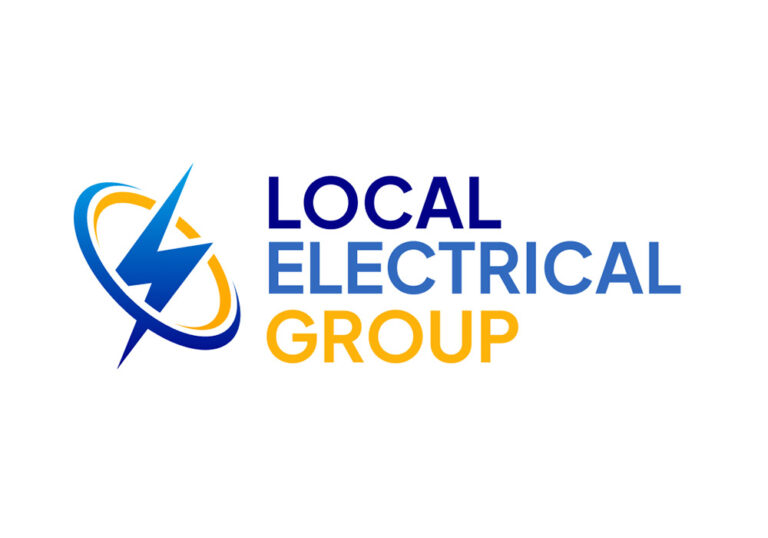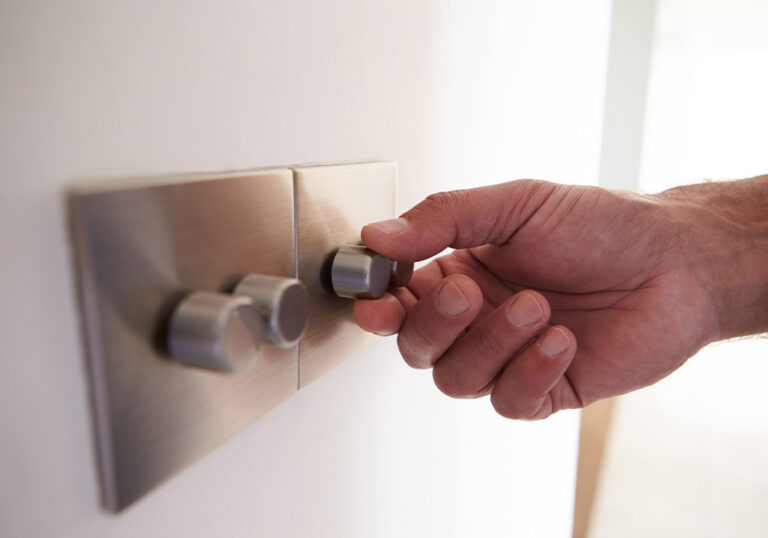Do LED Strip Lights Need to Be Plugged In?
LED strip lights have become increasingly popular for their versatility and energy-efficiency, and understanding how to power them is essential for their optimal performance. These lights are widely used for diverse applications, providing stunning ambient or accent lighting to homes, offices, and commercial spaces alike, thanks to their ease of installation and customisation.
The primary question regarding the powering of LED strip lights is whether they need to be plugged into a mains power source. While many LED strip lights come with a power adapter that connects to a wall socket, there are other ways to power these lights, depending on the specific usage and requirements.
Alternative power sources for LED strip lights include batteries and solar panels, which cater to various situations, such as outdoor lighting and temporary installations. Always ensure safety measures are followed to minimise the risk of electrical hazards, ensuring a delightful and hazard-free environment.
Key Takeaways
- LED strip lights often use a power adapter to connect to the mains supply
- Alternative power sources include batteries and solar panels for specific situations
- Follow safety precautions to reduce the risk of electrical hazards
Understanding LED Strip Lights
LED strip lights, also known as LED tape or ribbon, are a versatile lighting solution that can be used in various applications. These lights come in a continuous strip with individual LED chips, allowing you to easily cut and customize the length as needed.
To power your LED strip lights, you typically need a compatible power supply or an adapter that can handle the required voltage and current. Most LED strip lights operate at 12V or 24V DC, so it’s essential to choose a power supply accordingly.
Dimming is a popular feature in LED strip lights, as it allows you to adjust the brightness to create different ambiances. To achieve this, incorporate a compatible dimmer switch or a remote control with your lighting system. Remember to verify whether your LED strip light is dimmable before purchasing a dimmer.
When it comes to installation, ensure that your LED strip lights are affixed securely onto a clean surface. This will prevent any movement or damage over time. Some lights come with an adhesive backing, while others may require additional fixing methods such as clips or brackets. Follow the manufacturer’s recommendations for the best results.

Lastly, pay attention to the IP ratings of your LED strip lights, especially if you’re planning to use them outdoors or in damp environments. An IP rating indicates the level of protection against dust and moisture ingress, with higher numbers reflecting greater protection.
To summarise, LED strip lights need to be plugged into a compatible power source, such as an adapter or power supply. Make sure to select the correct voltage, consider dimming options, and securely install the lights onto clean surfaces. Don’t forget to check the IP rating for appropriate use in different environments.
Do LED Strip Lights Need to Be Plugged In
Battery Powered LED Strip Lights
Battery powered LED strip lights are a convenient option when you don’t have access to a power outlet. They are portable and easy to install, making them ideal for temporary installations or events. These LED strips usually require AA or AAA batteries, depending on the size and design. Remember to check the battery life before purchasing, as it may vary depending on the model and usage.
USB Powered LED Strip Lights
USB powered LED strip lights are another popular choice for those who want a portable and easy-to-install lighting solution. You can power these strips through any device with a USB port, such as a computer, power bank, or even a smartphone charger. They are energy-efficient and versatile, making them suitable for various applications like home decoration, backlighting, and more. However, the length and brightness might be limited by the power output of your USB source.
Wall Socket Powered LED Strip Lights
Wall socket powered LED strip lights are the most common type of LED strips. They require a connection to a mains power source through an adapter. These lights offer higher brightness and a longer working life compared to battery or USB powered options. They are best suited for permanent installations, like under-cabinet lighting or accent lights in your living space. When choosing this option, pay attention to the length of the strip and the power supply, ensuring they are compatible with your requirements.

How to Power LED Strip Lights
Selecting the Correct Power Supply
To power your LED strip lights, you need to choose the appropriate power supply. It is essential to consider the total wattage of your LED strip. To calculate the required wattage, multiply the length of the strip (in metres) by the wattage per metre. For example, if you have a 5-metre strip with a power consumption of 14.4W per metre, the total wattage is 72W. Make sure the power supply you choose can handle this wattage.
When selecting a power supply, it’s crucial to consider its type as well. There are two common types: constant voltage and constant current. LED strips usually require constant voltage power supplies.
It’s also important to choose a power supply with the correct input voltage (usually 220-240V in the UK) and output voltage (commonly 12V or 24V for LED strips). Check the specifications of your LED strip to determine the appropriate output voltage.
Connecting to a Power Source
Once you have selected the correct power supply, connecting your LED strip lights to a power source can be straightforward. Follow these steps to ensure proper connection:
- Turn off the power source: Always begin by turning off the power source for safety reasons.
- Prepare the LED strip: Make sure the LED strip is cut to the required length and the cut end is prepared according to the manufacturer’s instructions.
- Connect the LED strip to the power supply: Typically, an LED strip comes with a connector or connecting wires. Attach the connector to the LED strip and ensure the positive (+) and negative (-) terminals are correctly aligned.
- Attach the power supply to a power source: Plug the power supply into a power socket or wire it directly to your electrical circuit, depending on the specific power supply model you have.
- Test the connection: Turn on the power source and check if your LED strip lights are working correctly. If they do not light up or flicker, re-check your connections and ensure the power supply is functioning correctly.
Remember, it’s essential to follow the manufacturer’s instructions and consult a qualified electrician if you are unsure about any aspect of connecting or powering LED strip lights.
Safety Precautions When Plugging in LED Strip Lights
When installing LED strip lights, it’s essential to take safety precautions to ensure a proper and safe setup. Here are a few essential tips to consider:
Choose the right power source: Make sure to use a suitable power adaptor that matches the voltage and electrical requirements of your LED strip lights. This will prevent any unexpected damage or electrical hazards during use.
Avoid overloading circuits: To prevent overloading circuits, don’t connect more LED strips to a single power supply than it can safely handle. Always check the adaptor’s specifications to determine the maximum allowable strip length it supports.
Insulate exposed connections: If you need to cut and reconnect LED strip lights, ensure proper insulation of the exposed contacts by using electrical tape or heat shrink tubing. This will prevent the risk of short-circuiting and potential electrical hazards.
Choose the right location: Avoid installing LED strip lights near any heat sources, such as heaters or direct sunlight, as these can cause damage to the strips’ components. Additionally, keep a safe distance from any flammable materials or objects.
Use correct installation techniques: Follow the instructions provided by the manufacturer to ensure the proper attachment of LED strip lights to your desired surface. Secure the strips with clips, brackets or other recommended mounting methods, making sure not to bend or twist the strips excessively.
Remember, taking the time to follow these safety precautions will help ensure a successful and secure installation of LED strip lights, allowing you to enjoy their benefits without any concerns.
Alternatives to Plugging in LED Strip Lights
Solar Powered LED Strip Lights
One alternative to plugging in your LED strip lights is to use solar powered LED strip lights. These eco-friendly lights utilise the power of the sun’s rays to charge their batteries during daylight hours, providing you with free and sustainable illumination when the sun goes down. Typically, solar powered LED strip lights come with a solar panel that you need to install in a location that receives optimal sunlight.
To set up your solar powered LED strip lights, simply connect the solar panel to the strip lights, ensuring the batteries within the solar panel unit are charged. Once installed, these lights will automatically turn on at dusk and turn off at dawn, making them a hassle-free solution for outdoor lighting needs.
Wireless LED Strip Lights
Another option for LED strip lights that don’t require a traditional power source is wireless LED strip lights. These lights are battery-powered and can be controlled through a remote control or smartphone app, depending on the product. Wireless LED strip lights offer the freedom to install them in locations where access to a power outlet is limited or not available, such as in closets, cabinets, or as accent lighting for artwork.
To install wireless LED strip lights, simply attach the light strip to the desired area and connect the batteries or battery pack. Keep in mind that you will need to periodically replace or recharge the batteries, depending on the type of batteries the product uses. Alternatively, some wireless LED strips offer rechargeable battery packs, making it more convenient and cost-effective in the long run.
Overall, both solar powered and wireless LED strip lights offer versatile and eco-friendly alternatives to traditional plug-in LED strip lights, allowing you to illuminate your space with ease and style.






